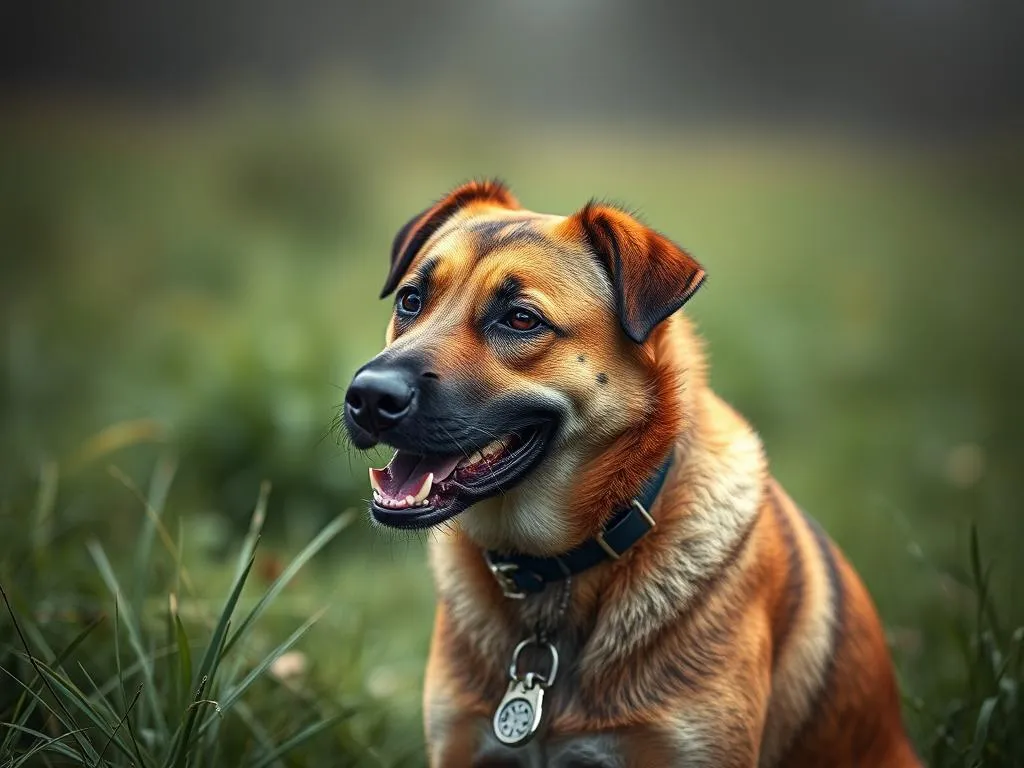
Training your dog to track is a rewarding endeavor that can enhance your relationship while engaging your dog’s natural instincts. Tracking is an essential skill that allows dogs to follow a scent trail, making it invaluable for various practical applications like search and rescue operations or hunting. This article will cover the ins and outs of how to train your dog to track, including the benefits, preparation, techniques, and ways to maintain those skills.
Understanding Dog Tracking
What is Dog Tracking?
Dog tracking refers to a dog’s ability to follow a specific scent trail left by a person or object. This skill involves using their acute sense of smell to locate a target, which can be particularly useful in various scenarios. It’s important to differentiate between tracking, trailing, and scent work; tracking usually refers to following a specific scent trail, while trailing is about following the path of a moving subject, and scent work encompasses a broader range of activities involving scent recognition.
Benefits of Teaching Your Dog to Track
Teaching your dog to track has several advantages. Practically, it can aid in search and rescue missions, assist in hunting, or even help in finding lost items. Beyond practical applications, tracking can provide significant mental stimulation for dogs, keeping them engaged and focused. This pursuit also strengthens the bond between you and your dog, as you will work closely together to achieve tracking goals.
Preparing for Tracking Training
Assessing Your Dog’s Readiness
Before diving into tracking training, assess your dog’s readiness. Consider their age and breed; some breeds, like Bloodhounds or German Shepherds, are naturally predisposed to tracking. Evaluate your dog’s temperament and energy levels as well; a high-energy dog may excel in tracking, while a more laid-back dog might require a different approach.
Essential Equipment for Tracking
Having the right equipment is crucial for successful tracking training. Here are some essentials:
- Harnesses and leashes: Opt for a comfortable harness that allows freedom of movement yet keeps your dog secure. A long leash can give your dog room to explore the scent trail.
- Tracking tools: Scent articles (objects that carry a specific scent) and tracking flags can help guide your training exercises. Flags can mark the trail and make tracking easier for your dog.
- Safety gear: If you’re training outdoors, ensure that your dog is wearing appropriate gear, such as reflective vests or GPS collars for safety.
Setting Up a Training Environment
Choose ideal locations for tracking practice. Backyards and parks are great options, provided they have minimal distractions. Ensure the training space is safe and secure, allowing your dog to focus on the task without interruptions from other animals or people.
Basic Training Techniques
Building a Strong Foundation
Before jumping into tracking, make sure your dog has a solid foundation in obedience training. Key commands like “sit,” “stay,” and “come” are essential and will support your tracking efforts. A well-trained dog will be easier to manage during tracking sessions.
Introducing Scent Discrimination
Teaching your dog to recognize specific scents is a vital step in tracking training. Start by introducing them to a scent article and letting them sniff it. Gradually, you can increase complexity by placing the scent article at a distance and encouraging your dog to find it. Exercises that involve hiding the scent object and allowing your dog to search for it can enhance their scent discrimination skills.
Using Positive Reinforcement
Positive reinforcement is key in dog training, especially in tracking. Reward your dog with treats, praise, or toys when they successfully follow a scent trail or perform a command correctly. Consistency is crucial—always reward the desired behavior to reinforce learning.
Step-by-Step Tracking Training Process
Starting with Basic Tracking Exercises
Begin with simple tracking exercises to introduce your dog to the concept of following a scent trail. Start by laying a short, straight scent trail using a scent article. Encourage your dog to follow the trail and reward them when they reach the end. Keep training sessions short and engaging—around 10 to 15 minutes is ideal for maintaining focus.
Progressing to More Complex Tracking
As your dog becomes more comfortable with basic tracking, gradually increase the difficulty. Introduce varied environments, such as grass, dirt, or gravel, and change the length and complexity of the scent trail. Incorporate turns and obstacles to challenge your dog further.
Advanced Tracking Techniques
Once your dog has a firm grasp of basic and intermediate tracking, you can introduce advanced techniques. These may include training your dog to track specific scents, like those of lost persons or items. You can also work on scent discrimination exercises that involve multiple scents, allowing your dog to identify and follow the desired one amidst distractions.
Common Challenges in Tracking Training
Overcoming Distractions
Distractions can hinder tracking training. To minimize distractions, choose training locations that are quiet and free from other animals. When distractions occur, use techniques like redirecting your dog’s focus with a command or a quick treat to regain their attention.
Dealing with Frustration
Frustration can arise for both trainers and dogs during the tracking process. Understanding that learning takes time is essential. Remain patient and maintain a positive attitude. Celebrate small victories to keep motivation high.
Troubleshooting Tracking Issues
Common tracking problems include losing the scent trail or lack of motivation. If your dog loses the scent, try using a stronger scent article or retracing the steps. If your dog seems unmotivated, consider changing the environment or the rewards to re-engage their interest.
Maintaining Tracking Skills
Regular Practice and Reinforcement
To keep tracking skills sharp, regular practice is essential. Schedule consistent tracking sessions, gradually incorporating more complex exercises to challenge your dog. This will help maintain their skills and keep them mentally stimulated.
Incorporating Tracking into Daily Life
You can integrate tracking into everyday activities. For instance, during walks, you can hide a scent article and encourage your dog to find it. This can make your daily routine more exciting and provide continuous training opportunities.
Joining Tracking Clubs or Classes
Joining local tracking clubs or classes can be beneficial for both you and your dog. These groups provide socialization opportunities and allow you to learn from experienced trainers. They can also offer structured training environments that can help your dog thrive.
Conclusion
In summary, teaching your dog how to track is a rewarding journey that strengthens your bond and enhances your dog’s mental engagement. By understanding the basics of tracking, preparing adequately, and using effective training techniques, you can cultivate a skilled tracking companion. Remember, patience and consistency are key as you embark on this exciting training adventure. Your efforts will not only improve your dog’s tracking abilities but also create unforgettable memories together.









